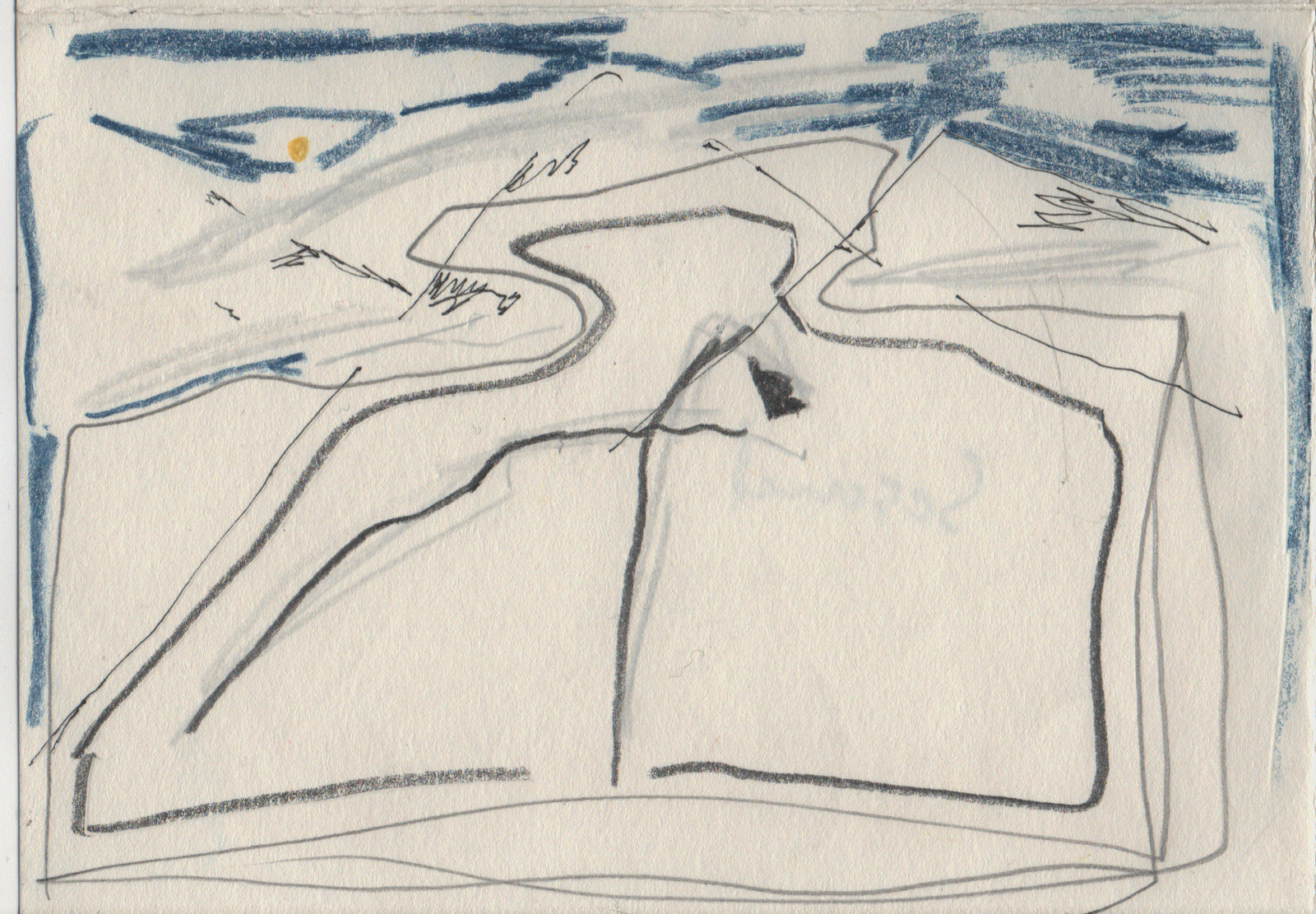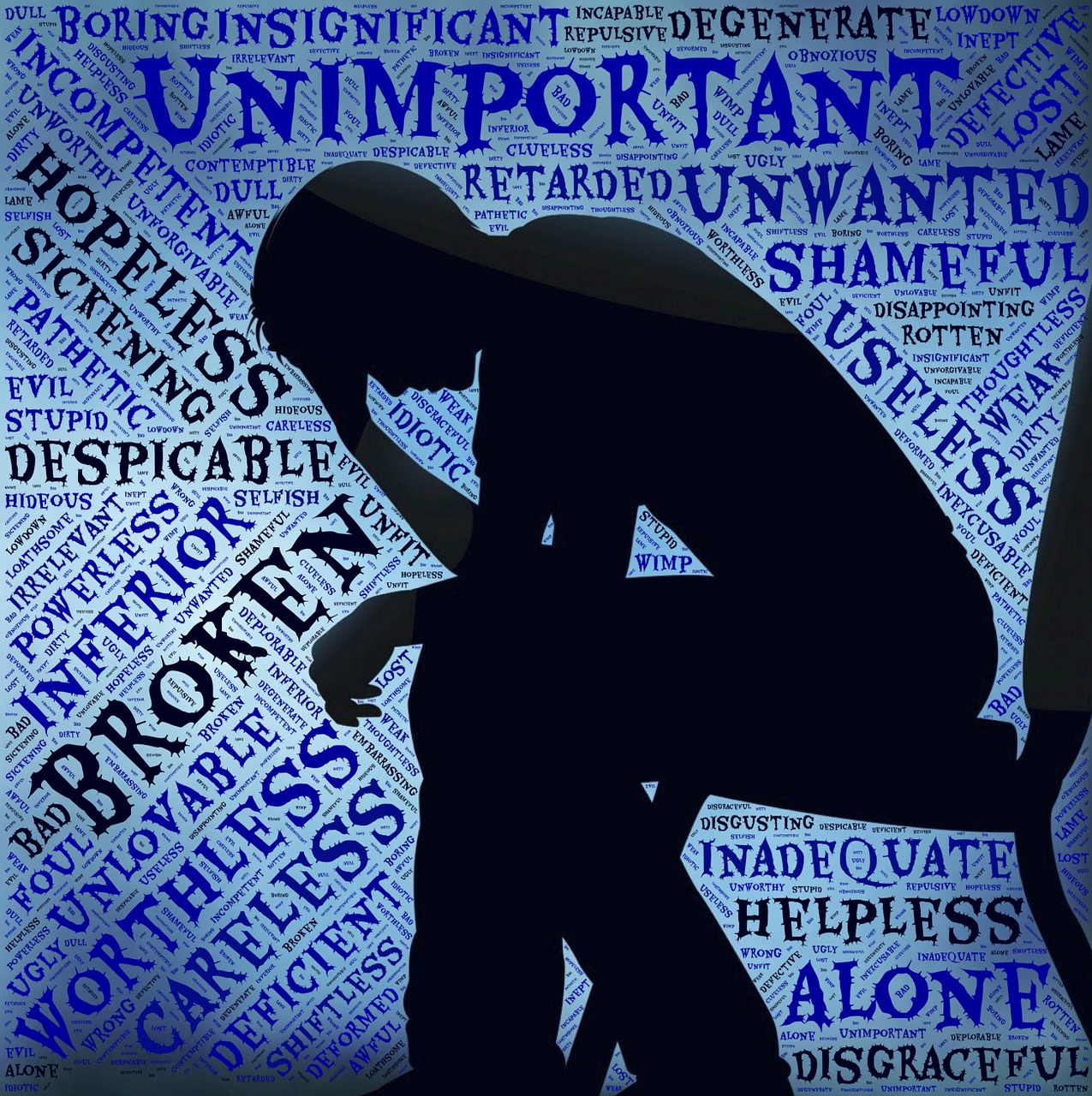Difference Between Seasonal Affective Disorder vs. Depression
Seasonal affective disorder is a type of sadness and feeling of hopelessness that happens during certain seasons of the year. Depression is sadness and a sense of apathy that impacts daily life in a negative way.

What is Seasonal Affective Disorder?
Definition:
Seasonal affective disorder (SAD) is a form of depression that only happens during a particular season or time of the year.
Symptoms:
The symptoms may be slightly different depending on what season the disorder happens in. In summer seasonal affective disorder there is weight loss, lack of appetite, and insomnia. People may also feel irritable at this time. In winter seasonal affective disorder there is more often overeating and weight gain. People also sleep too much and do not want to get out of bed since they feel tired.
Diagnosis:
The doctor will perform a physical exam and test the thyroid to exclude this as a possible cause for the symptoms. A psychologist can also perform an assessment and determine if the person matches the criteria for seasonal affective disorder as listed in the Diagnostic and Statistical Manual of Mental Disorders (DSM-V).
Causes:
The drop in sunlight during winter is thought to play a role in some cases in causing seasonal affective disorder. The other causes involve changes in the levels of the hormone melatonin and also in levels of the neurotransmitter serotonin due to these changes in seasons. There also seems to be genetic factors that are also important in causing the illness.
Risk factors:
There does seem to be some genetic basis for the development of seasonal affective disorder, since some genes have been found that are linked to the condition. A risk factor is also living at high and low latitudes that are distant from the equator. This is because the change in seasons is more pronounced the further from the equator a person is.
Treatment:
Sometimes therapy such as psychotherapy and cognitive behavioral therapy can help individuals who have SAD. In other cases patients may be prescribed medications such as antidepressants, for instance Wellbutrin or Aplenzin. Light therapy is often the first choice for winter SAD. In this therapy the person is exposed to more light by sitting by an artificial light source that mimics natural daylight.

What is Depression?
Definition:
Depression is a disorder in which a person usually feels sad and hopeless to the extent that there are physical symptoms and the person does not experience joy and cannot function in the way they used to be able to.
Symptoms:
The main symptom is a persistently low mood in which the person may feel overwhelmed, sad, tired and not motivated to do anything. People who have depression may have a low sense of self-worth and they do not get any pleasure from activities that they usually enjoyed doing. In severe cases, people may at times feel suicidal or have catatonic or even psychotic symptoms.
Diagnosis:
A physical exam needs to be done and tests to eliminate possible physical diseases that could be manifesting as depressive symptoms. Psychologists can evaluate a person to see if they match the criteria as outlined in the DSM-5 book.
Causes:
The condition does appear to be genetic and inherited to some extent, with about 50% of people having a relative who experienced the mood disorder. Depression is thought to result from a combination of certain genetic and environmental factors and one idea is that the neurotransmitters in the brain become unbalanced causing the disorder. Major life problems such as death of a loved one or divorce can be precipitating factors resulting in depression.
Risk factors:
Women and people who have relatives who have had depression are at increased risk of the disorder. Individuals prone to anxiety seem to also be at higher risk for depression. The presence of other mental problems can also be a risk factor, for instance individuals who have bipolar disorder often have episodes of depression. Pregnancy can be a risk factor in some women who suffer post-partum depression due to hormonal changes.
Treatment:
Treatment options for depression include various types of psychological therapy and medications. Medications such as selective serotonin reuptake inhibitors (SSRIs) are one commonly prescribed type of medicine. There are other types such as heterocyclic antidepressants which may be tried if the SSRIs do not work for a particular patient. In some cases patients may find support groups helpful. Patients may need to stay on medication long-term though, depending on their condition.
Difference between Seasonal Affective Disorder vs. Depression?
Definition
Seasonal affective disorder is a condition in which a person feels sad during a specific season of the year. Depression is a condition in which the person’s symptoms impact their ability to function.
Seasonal
Seasonal affective disorder is always linked to the season of the year. Depression is not always linked to particular seasons of the year.
Due to hormones of pregnancy
The condition of seasonal affective disorder is never due to changing hormones during pregnancy. The disorder of depression can sometimes be due to changing hormones during pregnancy.
Causes
The causes of seasonal affective disorder are largely thought to be a combination of genes that were inherited and a change in the seasons. The causes of depression are believed to be genetics, possibly neurotransmitter imbalances, and due to major life problems.
Risk factors
Having a family member with the condition and living far from the equator are risk factors for SAD. Having a relative with depression and being female or having another mental disorder, are risk factors for developing depression.
Treatment
The treatment for SAD is light therapy, medication and sometimes psychological counseling. The treatment for depression is medication and psychological counseling.
Table Comparing Seasonal Affective Disorder vs. Depression

Summary of Seasonal Affective Disorder vs. Depression
- Seasonal affective disorder and depression have similar symptoms but SAD only happens at certain times of the year.
- Depression can be caused by pregnancy hormones and stressful events that happen in a person’s life.
- The condition of seasonal affective disorder can in some cases be treated with light therapy.
- Both conditions seem to be partly genetic and both can sometimes be treated with medication.
- Difference Between Rumination and Regurgitation - June 13, 2024
- Difference Between Pyelectasis and Hydronephrosis - June 4, 2024
- Difference Between Cellulitis and Erysipelas - June 1, 2024
Search DifferenceBetween.net :
Leave a Response
References :
[0]Image credit: https://commons.wikimedia.org/wiki/File:Seasonal_affective_disorder_Illustration.png
[1]Image credit: https://pixabay.com/de/illustrations/depression-stimmen-selbstkritik-1250897/
[2]Coryell, William. “Depressive disorders”. Merckmanuals. Merck & Co., 2017, https://www.msdmanuals.com/professional/psychiatric-disorders/mood-disorders/depressive-disorders
[3]Lesch, Klaus Peter. "Gene–environment interaction and the genetics of depression." Journal of Psychiatry and Neuroscience 29.3 (2004): 174.
[4]Sher, Leo, et al. "The role of genetic factors in the etiology of seasonal affective disorder and seasonality." Journal of affective disorders 53.3 (1999): 203-210.
